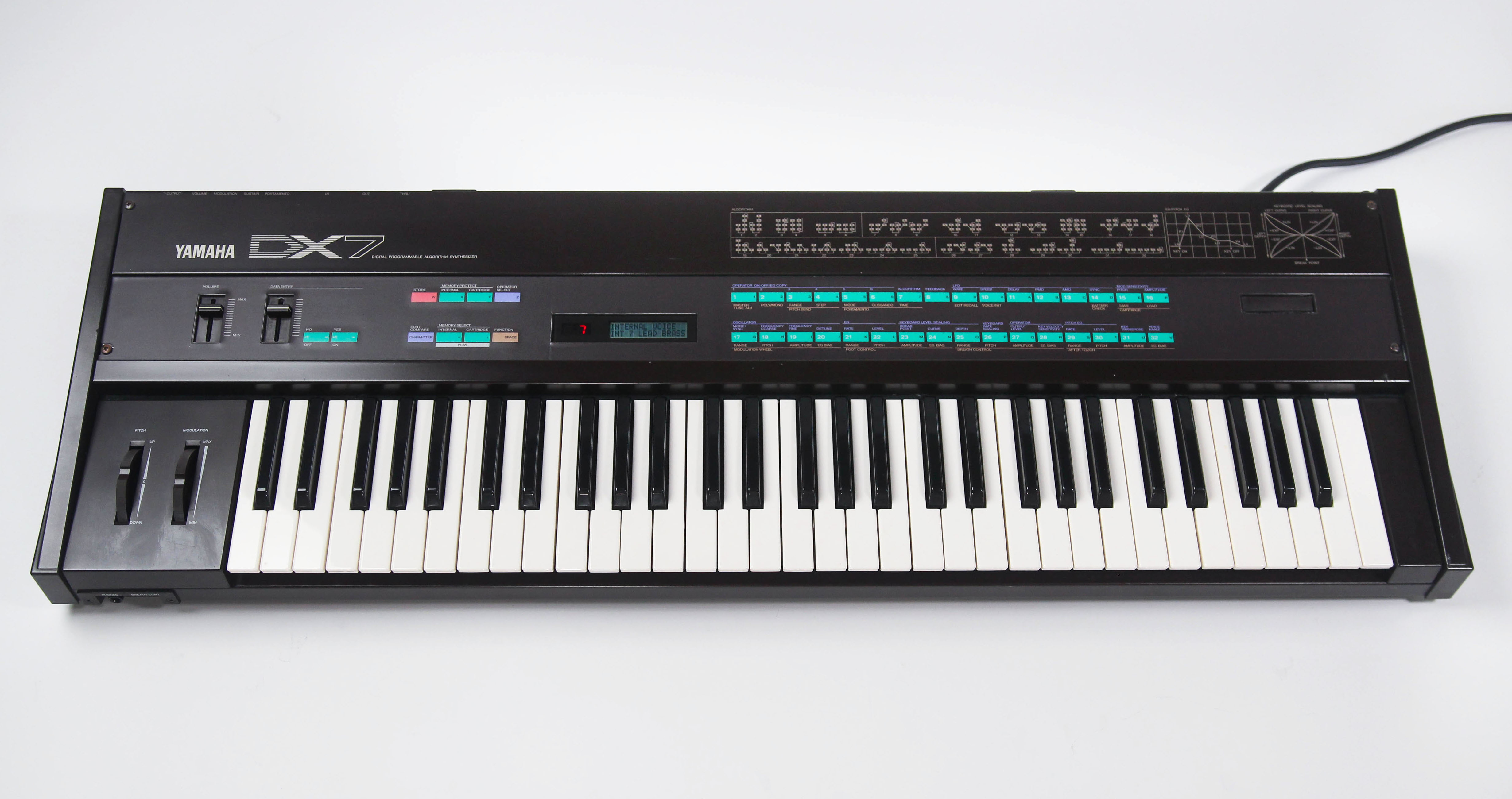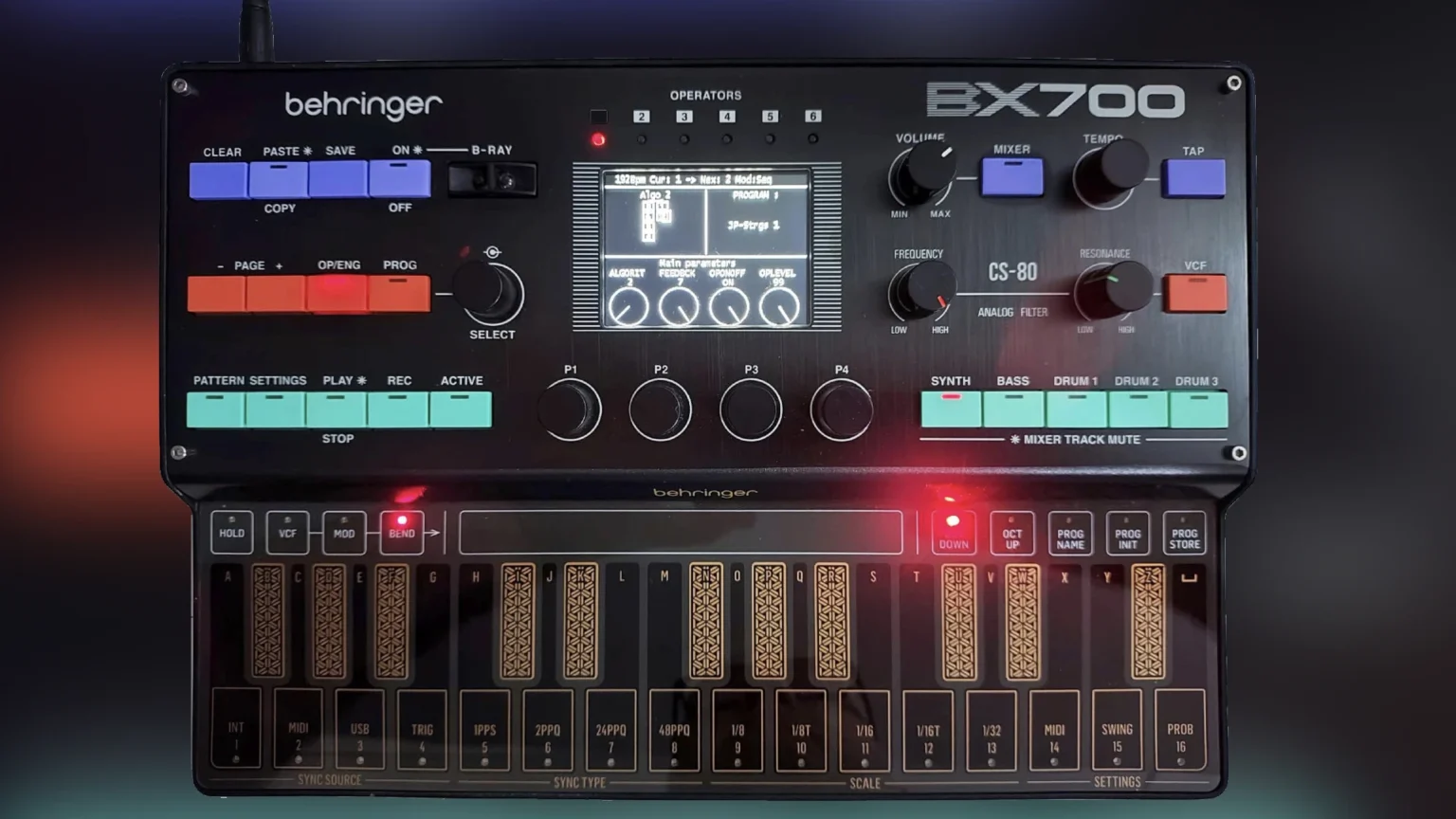DX7
Yamaha | 1983
Analog Emulations
Digital Emulations
The Yamaha DX7 is a synthesizer manufactured by Yamaha Corporation from 1983 to 1989. It was the first successful digital synthesizer and is one of the best-selling synthesizers in history, selling more than 200,000 units. In the early 1980s, the synthesizer market was dominated by analog synthesizers. Frequency modulation synthesis, a means of generating sounds via frequency modulation (FM), was developed by John Chowning at Stanford University, California. FM synthesis created brighter, glassier sounds, and could better imitate acoustic sounds such as brass and bells. Yamaha licensed the technology to create the DX7, combining it with very-large-scale integration chips to lower manufacturing costs. With its complex menus and lack of conventional controls, few learned to program the DX7 in depth. However, its preset sounds became staples of 1980s pop music; in 1986, it was used in 40% of the number-one singles on the US Billboard Hot 100. Its electric piano sound was particularly widely used, especially in power ballads. The English producer Brian Eno was proficient at programming his own sounds, and it was instrumental to his work in ambient music. Chips based on the DX7 sound chip, such as the YM2612, were used in technologies such as the Sega Genesis game console. The DX7 was succeeded by FM synthesizers including the DX1, DX21, DX27 and DX100. In later years, the DX7 sounds came to be seen as dated or clichéd and its use declined.

